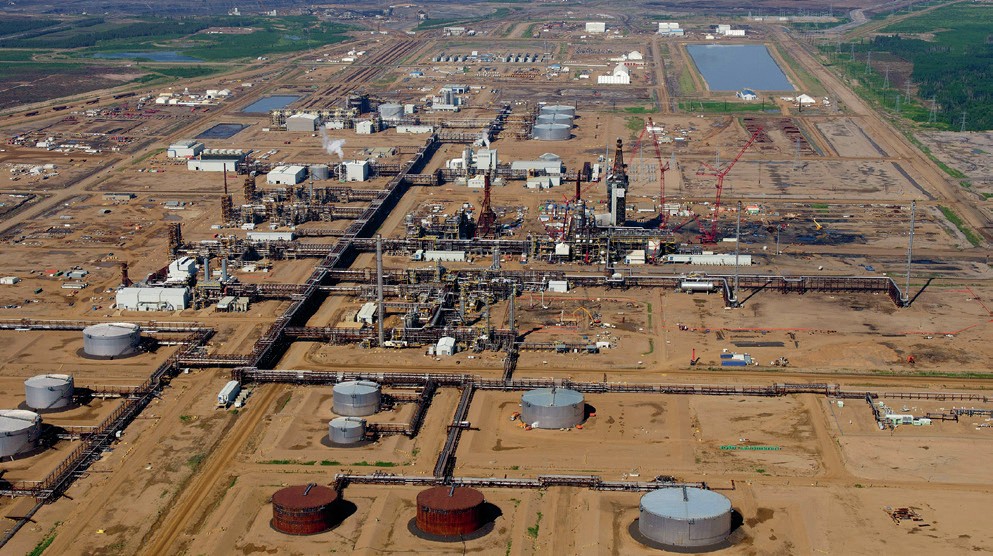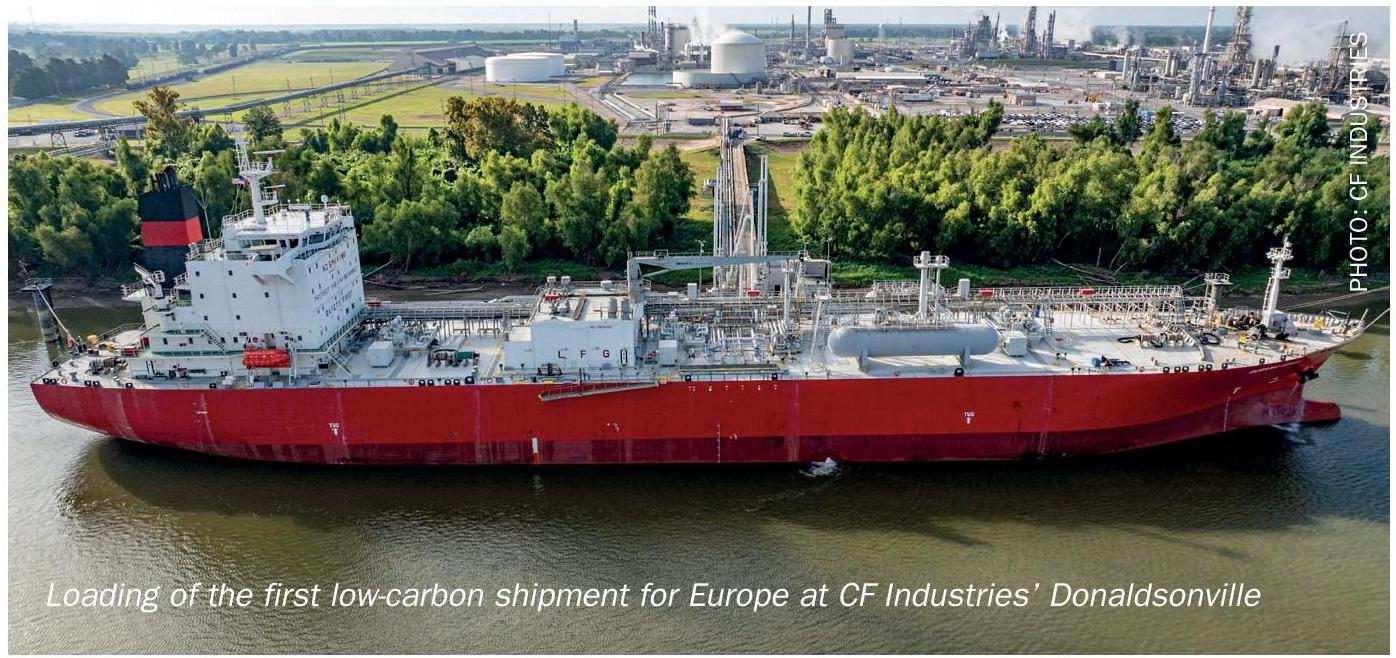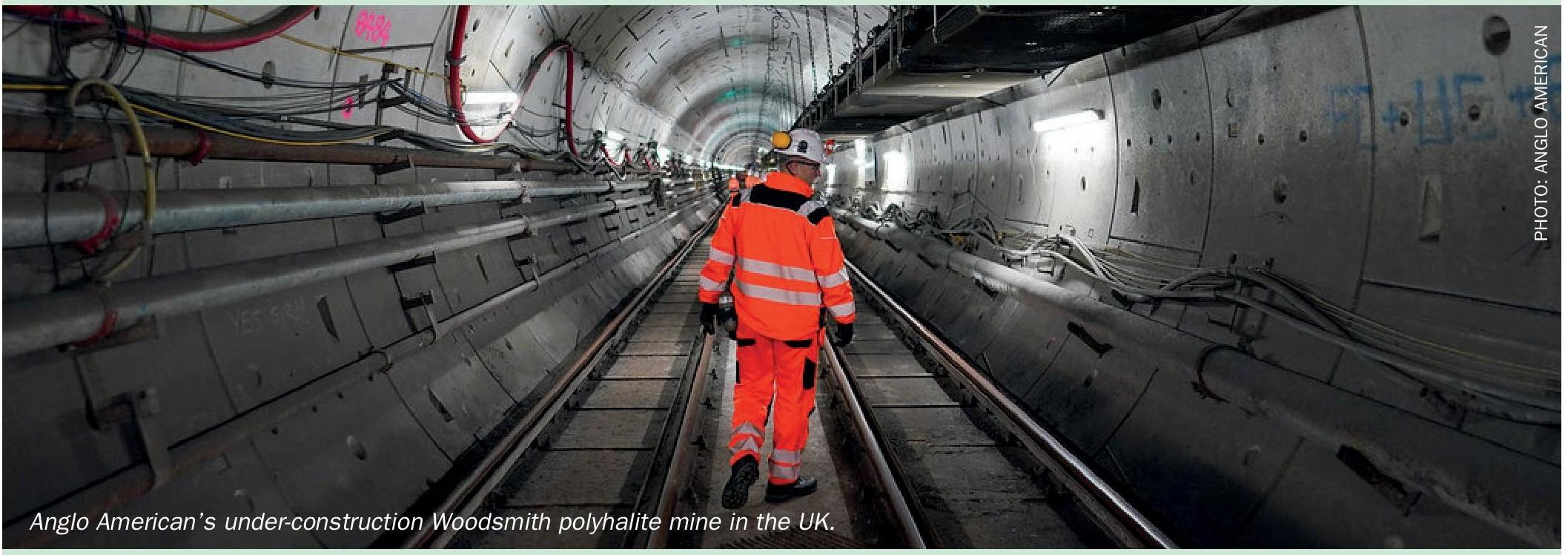Sulphur 386 Jan-Feb 2020

31 January 2020
Sulphur Industry News Roundup
Sulphur Industry News
CANADA
Fears that new IMO regulations could reduce demand for oil sands bitumen
Canadian Press reports in December have highlighted concerns that the new tighter IMO rules on sulphur content of marine fuels, which came into force on January 1st, could lead to reduced demand for oil sands bitumen and syncrude. Canadian oil output has been steadily increasing over the past two decades, mainly due to expanded bitumen recovery, which now accounts for 50% of Canada’s 4.6 million bbl/d of oil production. However, the discount for Western Canadian Select bitumen blend crude prices versus North American benchmark West Texas Intermediate could almost double to $30/bbl in January, according to consultancy Wood Mackenzie, averaging US$23-24/bbl for most of 2020, as US and other refiners use less heavy, sour oil and switch to lower sulphur feeds to try and optimise low sulphur fuel oil (LSFO) production. However, reduced output from Canada’s competitors Mexico and Venezuela is currently helping to mitigate this. Oil sands producers with refineries or upgraders are expected to benefit as the new standards will increase demand for refined low-sulphur fuels. For example, Husky Energy has expanded its Lloydminster Upgrader to produce an extra 4,000 bbl/d of diesel, and reconfigured its Lima refinery in Ohio to use more heavy oil.

SAUDI ARABIA
Aramco IPO underperforms
The sell-off by the Saudi government of 1.5% of the shares in Saudi Aramco in early December has become the world’s biggest ever initial public offering (IPO), raising $25.6 billion for the Saudi state. However, it fell some way short of the valuation that Saudi Arabia’s crown prince, Mohammed bin Salman, had been hoping for. The sell-off notionally values Aramco at $1.7 trill ion, but bin Salman had reportedly been looking to raise $100 billion from the sale, which will be invested into strategic projects via the Public Investment Fund as part of an attempt to diversify the oil-dependent Saudi economy. The flotation had also been intended to attract international institutional investors to the Saudi market, but was in the end only offered to local and regional investors.
MIDDLE EAST
Gas investments declining
Gas investments in the Middle East and North African region are declining, according to a report from the Saudi Arabia-based Arab Petroleum Investments Corp. (API-CORP). The report highlights worries about the challenge of meeting domestic gas demand given this slowdown. Private investors are taking a wait-and-see approach, driven by low gas prices, potentially putting more strain on governments.
The Gas Investment Outlook 2019-23 charts a reduction of $70 billion in gas spending from the previous report, 201822, alhough the outlook for petrochemicals has increased by 50%.
The most notable fall in gas plans was in Kuwait, down nearly 80%, while Saudi Arabia was down 60%, with Algeria and Iran down around 50% each. The largest overall decreases in dollar terms were in Saudi Arabia and Iran, reflecting in some cases completed ‘megaprojects’ like Saudi Arabia’s Wasit gas plant. As a result of the slowdown, LNG is playing an increasing part in meeting demand. Regasification terminals are on track in Kuwait and the UAE, while Qatar is working on expanding its export capacity to 126 million t/a by 2027 at a cost of $15 billion. Abu Dhabi is also pursuing unconventional gas resources such as shale, in addition to offshore sour gas. The state imports gas via the Dolphin link, with LNG coming via two regasification terminals.
KUWAIT
Start-up for diesel production at Mina Al-Ahmadi
The Kuwait National Petroleum Corporation says that it has begun production of ultra-low sulphur diesel (ULSD) at its Mina Al-Ahmadi refinery. The new $700 million diesel production unit has a capacity of 45,000 bbl/d at full capacity, and produces diesel with a sulphur content of 10 ppm. KNPC also commissioned a 73,000 bbl/d diesel production unit at its Mina Abdullah refinery in September 2019, as part of an ongoing programme to increase capacity at the two refineries to 800,000 bbl/d. Work on the upgrades is expected to be complete by mid-2020, according to KNPC.
UNITED KINGDOM
Conference on sulphur in agriculture
In December, ICL UK held its first technical conference dedicated entirely to sulphur as a crop nutrient. According to the company, the one-day event – attended by over 75 representatives of the fertilizer supply chain and advisory services – had two clear aims: to raise awareness of the role of sulphur and the rising incidence of deficiency and to demonstrate the benefits of choosing and using a precise and balanced crop nutrition strategy.
Professor Steve McGrath, head of the Department for Sustainable Agricultural Sciences at the UK’s Rothamsted Research, said that soils requiring the use of sulphur fertilizers are increasingly widespread. While at one time adequate supplies came from atmospheric deposition, today’s cleaner air means sulphur needs to be applied for yield and quality crops. In 1970, it was estimated that 8 million t/a of sulphate were deposited on the UK from industrial emissions. Today, the figure is less than 500,000 t/a, while fertiliser application on UK farms is only around 220,000 t/a of sulphate. “Where sulphur is deficient, expensive nitrogen is wasted,” said Prof McGrath.
Jonathan Telfer of Lancrop Laboratories stressed the importance of checking for essential macro- and micro-nutrients. He explained that there are three key stages where sulphur measurements should be taken: pre-season check on soil to make nutrition plan; in-season leaf and tissue analysis to check whether nutrients are deficient; and post-season grain analysis to evaluate efficiency of nutrient use and content. According to Lancrop’s own data, sulphur deficiency in the UK has increased from 60% in 1995 to 97% in 2017 across all soils.
For wheat and potatoes, the element can play an important part in quality. Dr Tanya Curtis, of Curtis Analytics, outlined how food processing and retailing industries are increasingly concerned about acrylamide, a neurotoxin that can form at high temperatures in baking, roasting and frying. An inadequate sulphur supply can lead to free asparagine (an amino acid) and sugars in crops which are precursors of acrylamide.
ICL mines polyhalite at Boulby in northern England, and produces a range of polysulphate based fertilizer products. As well as information from ICL UK’s own work on polysulphate-based products, the conference participants were also given insights into a range of independent trials investigating benefits of polysulphate as a source of sulphur. Peter Scott, Technical Director for Origin Fertilisers UK and Ireland, revealed the positive outcome of using polysulphate on maize, grassland and lucerne. Tom Land, Fertiliser Manager with Agrii UK, described their work on wheat, oilseed rape and pulses demonstrating polysulphate consistently gave good results. Andrew Stillwell, Technical Sales Manager for Bartholomews Agri Food Ltd, presented research by the International Potash Institute and Bartholomews comparing ICL’s FertilizerpluS product PotashpluS products against conventional posassium sulphate (MOP) for fertilization of spring barley. It was found that PotashpluS improved overall yield at all of the different nitrogen rates and splits. It also contributed to better final grain nitrogen content of malting barley and improved other quality parameters, resulting in better returns to the grower.
Breakthrough in reversible SO2 capture
According to a paper published in Nature Materials, an Anglo-American team of scientists led by the University of Manchester in the UK has developed a new material capable of selectively capturing and releasing sulphur dioxide. The material, MFM-170, is a porous metal-organic framework using transition metal cations linked by organic compounds. The material can purify gas streams to <0.1ppm SO2 (99.99% recovery) and shows higher SO2 absorption than other porous materials. It can fully reversibly uptake 17.5 mmol/g of SO2 at room temperature and pressure, with release of SO2 achieved by applying a vacuum to the absorption column. No heat is required for regeneration, lowering energy requirements.
UNITED STATES
Refinery slate changes see lower sulphur production
Sulphur production from US refineries was down 10% for the year to September 2019 compared to comparable figures for 2018, as refiners began to switch to lighter, sweeter crude feeds rather than heavier, sourer feeds in anticipation of the January 1st IMO deadline for a 0.5% cap on sulphur content of marine fuels. According to figures from Argus, refinery sulphur output was 6 million tonnes to September 2019.
As well as the new IMO regulations, US refiners are also having to cope with new Tier 3 gasoline rules, which reduce sulphur content in gasoline to 10 ppm from this year. As a result, more lower sulphur fractions are being blended which are also lower octane, putting a premium on higher octane fractions such as alkylate and reformate to make up for this, and reducing demand for naphtha.






